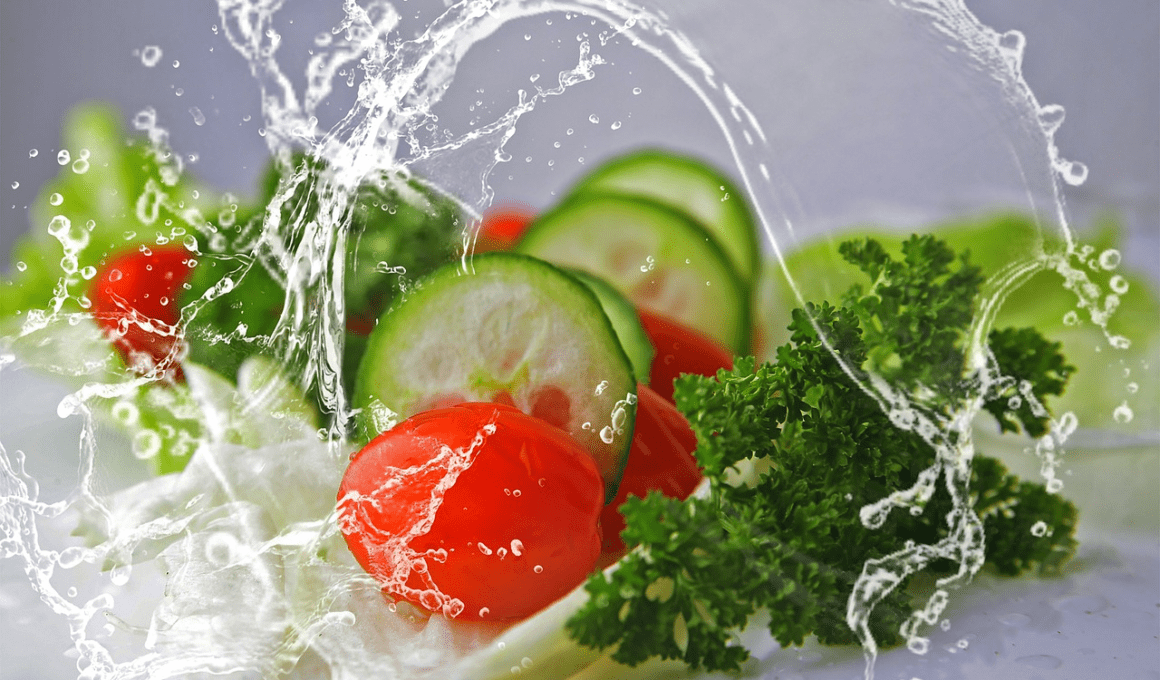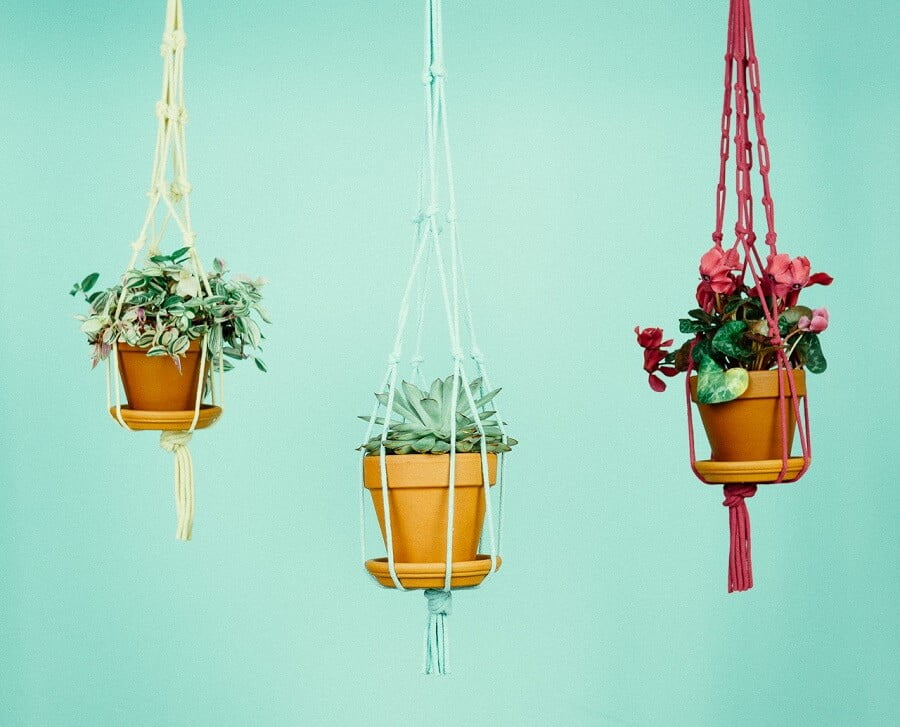Have you ever taken a bite of a salad only to be met with an unpleasant, bitter taste? It can be a disappointing experience, especially when you were looking forward to a fresh and satisfying meal. But don’t worry, you’re not alone in this!
Bitter lettuce is a common problem that can happen for various reasons. In this article, we’ll explore the causes of bitterness in lettuce and provide tips on how to prevent it from happening again.
Firstly, it’s important to understand that bitterness in lettuce can occur due to growing conditions or the presence of certain compounds. This can happen with any type of lettuce, whether it’s iceberg, romaine, or arugula.
However, the good news is that there are ways to avoid bitter lettuce and even salvage it if it’s already turned bitter. By following our tips and advice, you’ll be able to enjoy a delicious, non-bitter salad every time.
So, let’s dive in and learn more about this common leafy vegetable!
Quick Takeaways
- Bitterness in lettuce can be caused by sesquiterpene lactones in latex liquid and growing conditions such as exposure to sun and heat, lack of water, nutrient deficiencies, and disease.
- To prevent bitterness in lettuce, it is important to provide shade and moisture, fertilize regularly, watch for signs of disease, use good soil mix, avoid overcrowding plants, and harvest early in the morning.
- There are ways to improve the taste of bitter lettuce such as soaking in cold water mixed with baking soda, picking after rain, cooking or blanching, and refrigerating.
- Lettuce is a low-calorie, high-fiber, vitamin and mineral-rich food that aids in weight loss, improves digestion, and promotes heart health. Additionally, some lettuce varieties are naturally more bitter than others and rotating crops can ensure sweet and delicious lettuce every time.
Causes of Bitterness
If your lettuce tastes bitter, it might be due to the presence of sesquiterpene lactones in the latex liquid or growing conditions such as exposure to sun and heat, lack of water, nutrient deficiencies, or disease. Some varieties are also naturally more bitter than others. However, bitter lettuce is safe to eat, but unpalatable for many.
To prevent bitterness, choose sweet varieties like romaine or crisphead lettuce. Provide shade and moisture, fertilize regularly, and watch for signs of disease. Growing tips like these can help ensure your lettuce is fresh and tasty.
Not only is lettuce a low-calorie food that’s high in fiber, vitamins, and minerals, but it also has a range of health benefits. Incorporating lettuce into your diet can aid in weight loss, improve digestion, and promote heart health.
How Can Composting Tissues and Napkins Help Reduce Waste and Benefit the Environment?
Composting tissues and napkins is a simple way to tackle waste reduction and ecological benefits. By diverting these items from landfills, valuable organic matter can be transformed into nutrient-rich compost. This process allows for the restoration of soil fertility and helps reduce the need for chemical fertilizers. Switching to compostable options also aids in decreasing pollution and conserving resources, resulting in a healthier environment.
Preventing Bitterness
To prevent bitterness in your leafy greens, start by choosing sweet varieties like romaine or crisphead. These varieties are less likely to produce the bitter-tasting sesquiterpene lactones found in other types of lettuce.
Additionally, make sure your plants are getting enough shade and moisture. Environmental factors like exposure to sun and heat, lack of water, and nutrient deficiencies can all contribute to bitterness.
Fertilize regularly to provide your plants with the nutrients they need and watch out for signs of disease that can also cause bitterness. Some other tips for preventing bitterness include using a good soil mix that’s rich in organic matter, avoiding overcrowding your plants, and harvesting your lettuce early in the morning when it’s still cool.
You can also try rotating your crops to avoid planting in the same spot year after year. By taking these steps, you can ensure that your lettuce is sweet and delicious every time you harvest it.
Solutions for Bitterness
One solution for improving the taste of your bitter lettuce is to soak it in cold water mixed with baking soda. This helps to remove some of the bitter compounds from the leaves.
Another option is to pick your lettuce after a rain when it’s less likely to be bitter. You can also try cooking or blanching the lettuce, which can help to mellow out the bitterness. Refrigerating your lettuce can also help to reduce bitterness.
In addition to improving the taste of your lettuce, there are also health benefits to eating it. Lettuce is low in calories and high in fiber, making it a great option for weight management and digestion. It also contains vitamins and minerals such as vitamin K, vitamin A, and folate.
So, while bitter lettuce may not be the most appetizing, there are solutions for improving its taste and health benefits to enjoy.
Frequently Asked Questions
Can bitter lettuce cause any health problems?
Bitter lettuce doesn’t pose any potential risks to your health, but it may not be your preferred taste. Some people enjoy the bitterness, while others find it unpalatable. It’s a matter of personal taste.
Are there any benefits to consuming bitter lettuce?
Bitter lettuce can have health benefits, such as aiding digestion and reducing inflammation. It can be used in salads, sandwiches, and smoothies. However, it may not be palatable for everyone.
What are some common diseases that can affect lettuce?
To manage and prevent lettuce diseases, keep a lookout for common pests like aphids and slugs. Use crop rotation and remove any infected plants. Avoid overcrowding and provide adequate nutrients and water to keep your lettuce healthy.
How long does lettuce typically take to grow?
Lettuce takes about 30-70 days to grow, depending on the variety and growing techniques. Harvesting tips include picking outer leaves as they mature, cutting at the base, and avoiding harvesting during heat of the day.
Can lettuce be grown indoors?
Yes, you can grow hydroponic lettuce indoors using container gardening. It’s a great way to have fresh greens year-round without worrying about outdoor conditions. Just make sure to provide proper lighting, nutrients, and water.









